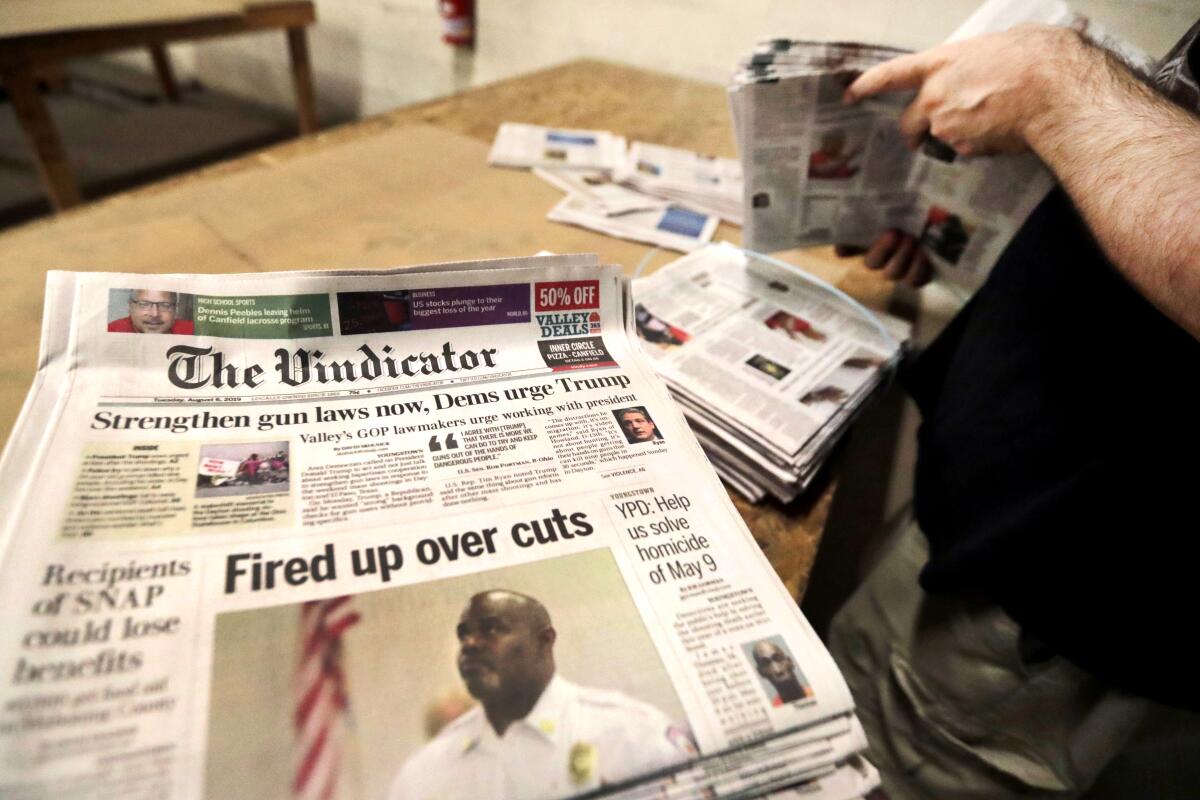The 5-Second Trick For News Articles
Table of ContentsNot known Details About News Articles All About News ArticlesNews Articles - TruthsFacts About News Articles RevealedUnknown Facts About News Articles
Excellent expertise of various subjects offers students an affordable side over their peers. Despite the fact that electronic and social networks are readily obtainable, we ought to not forget how important it is to check out the newspapers. Parents must try and inculcate the habit of checking out a newspaper as a day-to-day routine to proceed the tradition of the adored print tool.News stories also have a minimum of among the adhering to crucial attributes loved one to the designated audience: proximity, prominence, timeliness, human interest, quirk, or consequence. The associated term journalese is in some cases made use of, generally pejoratively, to refer to news-style writing. An additional is headlinese. Newspapers normally abide by an expository writing style.
Within these limits, information stories additionally intend to be extensive. Other factors are included, some stylistic and some acquired from the media type. Among the larger and more revered papers, justness and balance is a significant aspect in presenting details. Commentary is generally confined to a different section, though each paper may have a different overall slant.
Newspapers with an international audience, for instance, often tend to make use of a more official design of writing. The certain options made by a news outlet's editor or editorial board are usually collected in a design guide; typical design overviews include the and the United States Information Design Publication. The major goals of news writing can be summed up by the ABCs of journalism: precision, brevity, and quality.
Not known Facts About News Articles
Generally, journalists will not make use of a lengthy word when a brief one will do. They use subject-verb-object building and construction and vibrant, active prose (see Grammar). They provide narratives, examples and metaphors, and they hardly ever rely on generalizations or abstract concepts. News writers attempt to stay clear of making use of the same word greater than when in a paragraph (sometimes called an "resemble" or "word mirror").
Nevertheless, headlines often omit the subject (e.g., "Leaps From Watercraft, Catches in Wheel") or verb (e.g., "Cat female fortunate"). A subhead (additionally subhed, sub-headline, subheading, subtitle, deck or dek) can be either a secondary title under the major headline, or the heading of a subsection of the post. It is a heading that comes before the major text, or a group of paragraphs of the primary message.

Added billboards of any of these types may appear later in the short article (specifically on subsequent pages) to lure additional reading. Such billboards are likewise used as pointers to the write-up in other sections of the publication or site, or as promotions for the piece in other magazine or sites. Typical framework with title, lead paragraph (summary in vibrant), other paragraphs (information) and call details.

Example of a hard-lead paragraph NASA is recommending one more room project. The budget plan requests approximately $10 billion for the task.
An "off-lead" is the second most important front web page news of the day. To "hide the lead" is to begin the post with history information or details of second importance to the visitors, forcing them to review even more deeply into a short article than they ought to have to in order to discover the important points.
The Single Strategy To Use For News Articles
Usual use is that a person or 2 sentences each develop their own paragraph. Journalists normally explain the organization or framework of a newspaper article as an inverted pyramid. The essential and most intriguing aspects of a tale are put at the start, with sustaining information adhering to in order of read here diminishing importance.
It allows individuals to explore a topic to only the depth that their inquisitiveness takes them, and without the imposition of details or nuances that they can take into consideration irrelevant, but still making that information available to extra interested readers. The inverted pyramid structure also allows short articles to be cut to any type of arbitrary length throughout format, to suit the area readily available.
Some authors begin their stories with the "1-2-3 lead", yet there are several sort of lead available. This layout inevitably starts with a "5 Ws" opening up paragraph (as defined above), adhered to by an indirect quote that offers to support a significant component of the first paragraph, and afterwards a direct quote to support the indirect quote. [] A kicker can refer to numerous points: The last story current broadcast; a "pleased" story to finish the show.
Longer write-ups, such as publication cover write-ups and the pieces that lead the inside sections of a paper, are understood as. Function stories vary from straight information in a number of means.
Some Known Details About News Articles
The reporter frequently details communications with interview subjects, making the piece a lot more individual. An attribute's initial paragraphs often connect a fascinating minute or occasion, as in an "unscientific lead". From the details of a person or episode, its sight rapidly broadens to generalities concerning the story's subject. The section that indicates what an attribute is about is called the or signboard.

The Editor's Toolbox: A Reference Guide for Beginners and Professionals (2001) Allan M. Siegal and William G. Connolly. The New York Times Manual of Design and Usage: Read Full Report The Authorities Design Overview Used by the Writers and Editors of the World's Most Authoritative Paper (2002) M. L. Stein, Susan Paterno, and R.